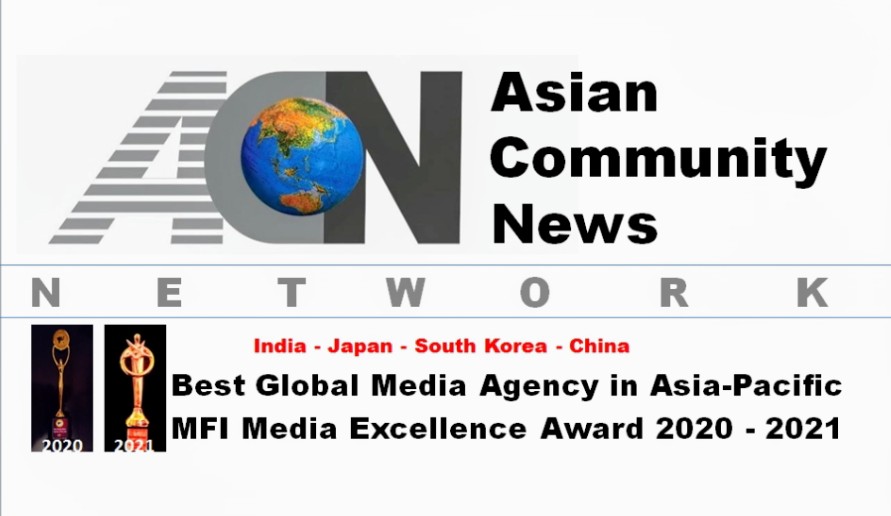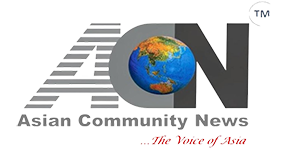Korea Pavilion’s signboard uses flawed Hindi language at Queen Huh Memorial Park in Ayodhya
As many as 40 out of 226 Hindi words are wrongly spelled at the Korea Pavilion, which reflects the architectural style of Aelyeonjeong at Changdeok Palace, the UNESCO World Heritage site in Seoul.
ACN EXCLUSIVE:
AYODHYA: The granite signboard engraved with information about the Korea Pavilion at the under-construction Queen Huh Memorial Park in Ayodhya, Uttar Pradesh, is riddled with more than three dozen erroneous Hindi words.
As the park’s construction and beautification are on the verge of completion, the local administration and the Korean government remain unaware that this signboard made of black granite stone has 40 out of 226 Hindi words as wrongly spelled. The title – कोरयिा मंडप (Korea Pavilion) itself is also wrong which should have been कोरिया मंडप.
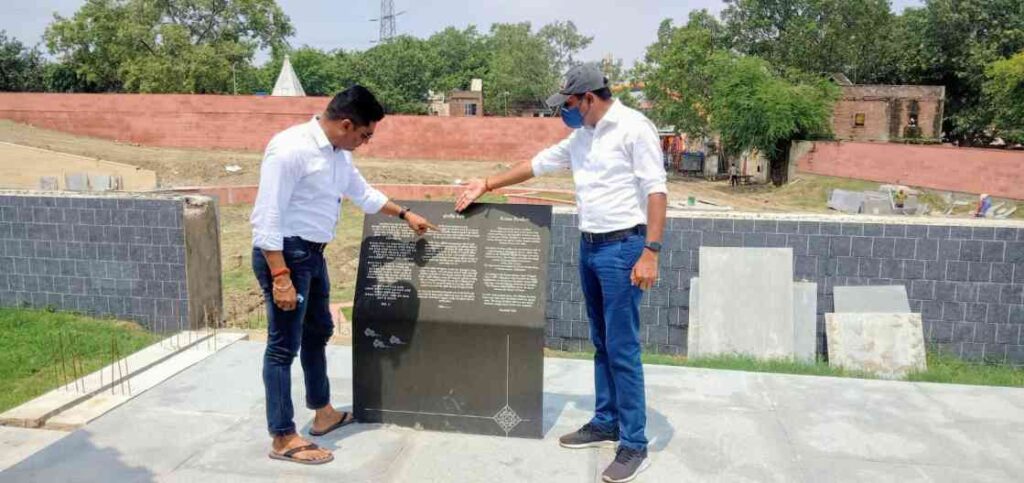
This signboard carries information about the Korean Pavilion in three languages – Korean, Hindi, and English. There seems no issue with English and Korean languages.
Besides the title, other words which are wrongly spelled in Hindi include मेमोरयिल, नर्माण, द्वपिक्षीय, संबंधों, स्मृता, कोरयिा, संबंधों, लएि, and कयिा. There are ten mistakes in the very first paragraph containing a total of 46 words.
The signboard was written by Kwon Chang-Ryun, a Korean master calligrapher.
The Korea Pavilion reflects the architectural style of Aelyeonjeong at Changdeok Palace and is listed as the UNESCO World Heritage site in Seoul. The Pavilion embodies the simple beauty of Joseon Palace architecture of the 17th century.
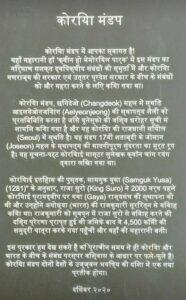
Named after a Korean queen, Huh Hwang-ok Ayodhya roots are in the last stage of completion in Ayodhya and are likely to be inaugurated around the Diwali festival, November 4 this year. Yogi Adityanath government has granted Rs. 24 Crores for the development of this park.
It is very likely that Indian Prime Minister Narendra Modi and South Korean President Moon Jae-in might inaugurate the park, the biggest architectural symbol of the burgeoning India-Korea relationship.
South Korean First Lady Kim Jung-sook was the chief guest at the Diwali festival celebrations in Ayodhya in November 2018.
The granite signboard prepared in Korea and imported from there states that the Pavilion was built here at the Queen Huh Memorial Park by the Republic of Korea and the Government of Uttar Pradesh to commemorate the strong bilateral ties and to further deepen relations between Korea and India.
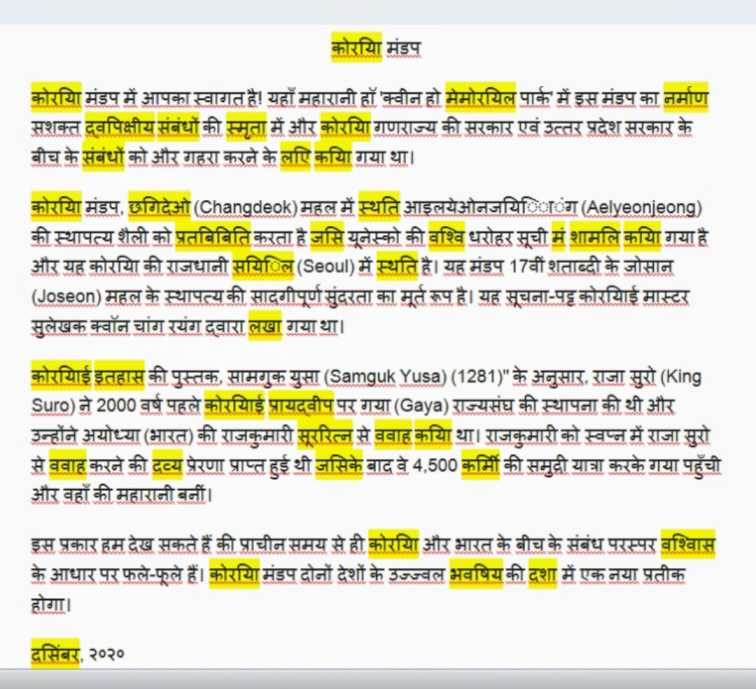
In the English language, the signboard reads, “According to the Korean history book “Samguk Yusa (1281)”, King Suro, who founded the Garak confederacy on the Korean Peninsula around 2000 years ago, married Princess Suriratna Ayuttha. The Princess sailed 4500km across the sea to become the Queen of Garak.”
“As such, since ancient times, the relations between Korea and India have flourished based on mutual trust. The Korea Pavilion will be a new token towards a bright future of the two countries.”
